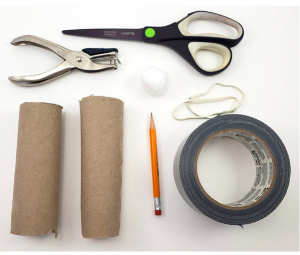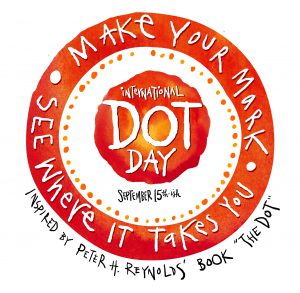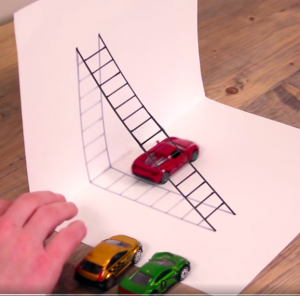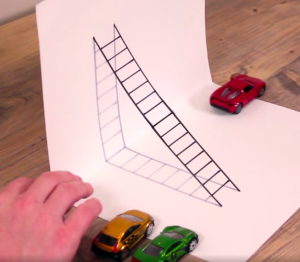 stop-mo·tion noun-a cinematographic technique whereby the camera is repeatedly stopped and started, for example to give animated figures the impression of movement.
stop-mo·tion noun-a cinematographic technique whereby the camera is repeatedly stopped and started, for example to give animated figures the impression of movement.
Spark your thinking!
1. Set up your STEAM mini spark recording page: #43: Mini Stop Motion
2. Watch this video to get started. On your recording sheet respond to these prompts.
- What are some techniques used to create facial expressions in puppets
- How has the introduction of 3D printing influenced the production of stop-motion animation?
4. Record your idea for a tiny story, what materials you would use for your stop motion and your set.
5. Collect a few materials, add stop motion studio to your ipad, and create a tiny stop motion.
6. Share your STEAM mini spark recording page and your stop motion with your teacher/EY coordinator.
Check out the Stop Motion Animation Badge on the EY website.

 What inventions need to be invented? How about a bed-Making Machine: A fun machine that automatically makes your bed for you! Maybe a Spaghetti Twirling Fork: A rotating fork that helps you twirl spaghetti perfectly for a delicious meal. In this mini spark you will learn about some new inventions that were launched in 2023.
What inventions need to be invented? How about a bed-Making Machine: A fun machine that automatically makes your bed for you! Maybe a Spaghetti Twirling Fork: A rotating fork that helps you twirl spaghetti perfectly for a delicious meal. In this mini spark you will learn about some new inventions that were launched in 2023. Are you ready for a fun PAPER PLATE building challenge? Grab a paper plate, scissors and tape, and let’s get started! With just these three materials, you can create amazing structures.
Are you ready for a fun PAPER PLATE building challenge? Grab a paper plate, scissors and tape, and let’s get started! With just these three materials, you can create amazing structures.


 STEAM Day is an opportunity to focus on helping kids advance in the fields of
STEAM Day is an opportunity to focus on helping kids advance in the fields of 







 Learn how to draw a 3D ladder and chair. These are optical illusions from Trick Art for Kids by artist Jon Harris.
Learn how to draw a 3D ladder and chair. These are optical illusions from Trick Art for Kids by artist Jon Harris.


 Every two years, a selection committee creates the medals that symbolize triumph at that year’s Olympic Games. They must adhere to certain guidelines while also having the creative freedom to design medals that reflect the true essence of the Olympics.
Every two years, a selection committee creates the medals that symbolize triumph at that year’s Olympic Games. They must adhere to certain guidelines while also having the creative freedom to design medals that reflect the true essence of the Olympics. While the word “robot” can conjure up an image of a cyborg human with lights for eyes and super powers, animal-inspired robots are accomplishing tasks in all kinds of medical, military and rescue work. These anibots perform tasks that would be difficult and often dangerous for mere mortals, or even human droids, to accomplish
While the word “robot” can conjure up an image of a cyborg human with lights for eyes and super powers, animal-inspired robots are accomplishing tasks in all kinds of medical, military and rescue work. These anibots perform tasks that would be difficult and often dangerous for mere mortals, or even human droids, to accomplish